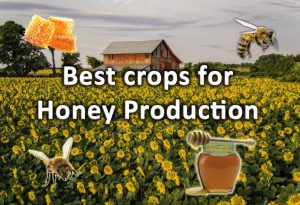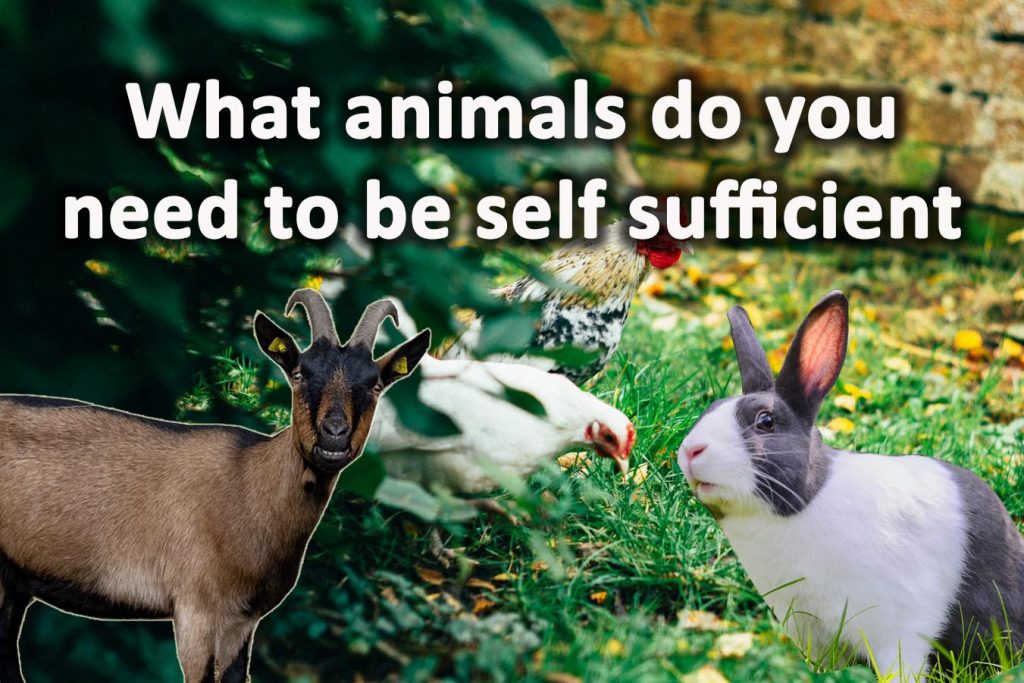Becoming self sufficient is not the easiest task when you take into consideration the conveniences of the modern living. However acknowledging current challenges such as the climate crisis it is clear we are living on borrowed time.
Becoming self sufficient has never been more important with a need to have a more ethical food source. This may mean paying more attention to our food choices and how we live our day to day lives.
The key to understanding self sufficient living is looking into our recent past. The truth is historically animals have helped humans exist in a self sufficient equilibrium.
Since the industrial revolution animal’s relevance in day to day living has declined. Mechanisation has allowed us to separate ourselves from food production and utilising animals for work purposes.
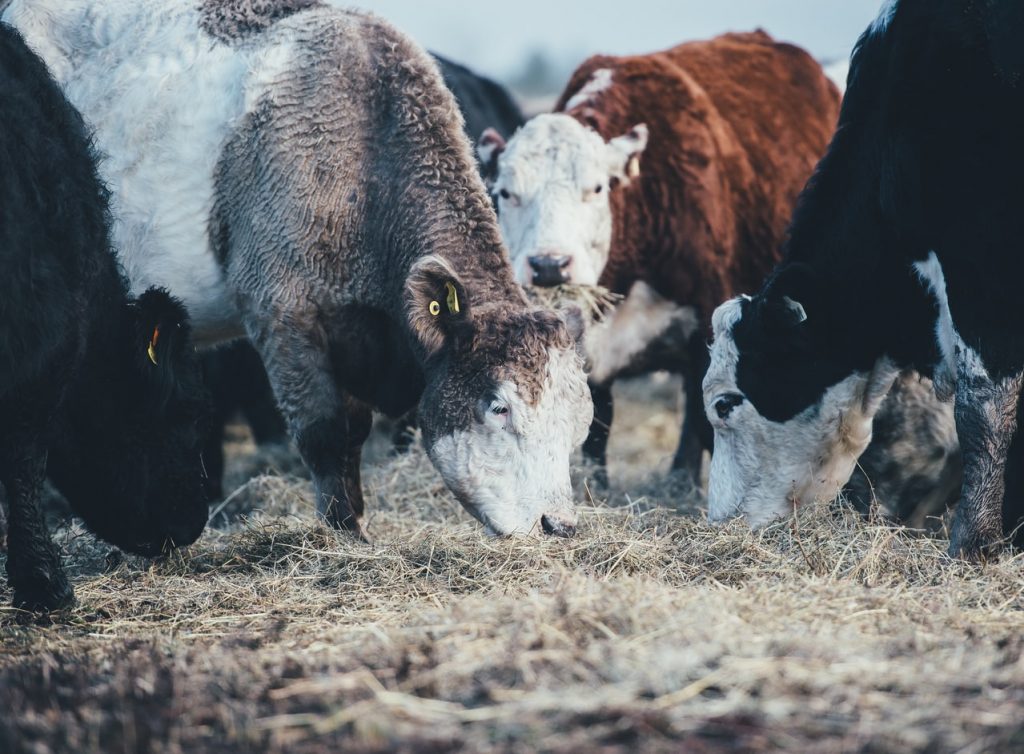
Much political attention has been placed on reducing our use of fossil fuels for energy. However unfortunately for politicians they fail to understand that current renewable energy is light years from really being sustainable.
This is because their consumption of carbon during production far outweighs what energy they produce. This is amplified even further by the extensive use of fossil fuels within our agricultural production and supply chains.
The truth is, the only real way to be self-sufficient is to practice good animal husbandry and sustainable farming. Typically referred to as ‘the dark ages’, medieval farming was actually very sophisticated.
Animals were bred both for specific and multifunctional uses vital for a life with ecological balance. Many of these heritage breeds are being lost today at an alarming rate! In order to be truly self sufficient human kind and animals must work together in sustainable equilibrium.
So what animals do you need to be self sufficient? In this article we will discuss the best animals for a self sufficient homestead or small farm.
Pigeons
Pigeons are not often thought of as a farm animal but pigeons were extremely popular in the middle ages. These remarkable birds are still kept inside self sufficient farming communities across the planet.
Even though pigeons are physically small for a meat bird they are extremely energy efficient to keep. Any animal product has to be offset by the amount of food, time and energy they consume offset against their production.
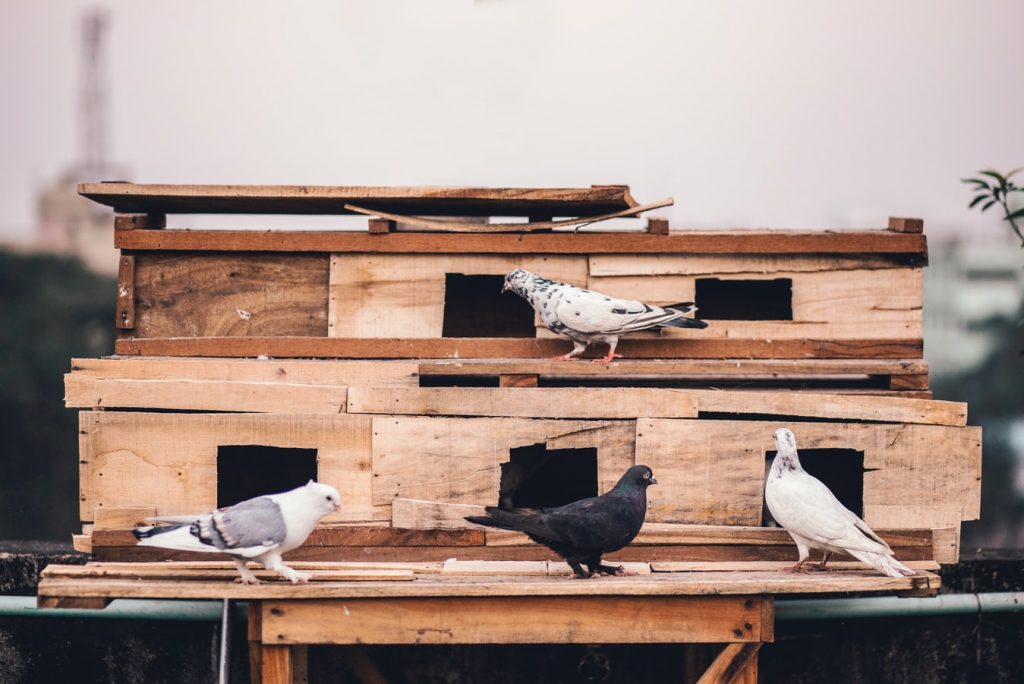
Pigeons require little feed and will happily fly around harvesting food from the landscape. All they need is a place to roost typically coming in the form of a dovecote. These are sometimes still visible in old farming villages even if they are just for show.
Pigeon flocks will take up roost here getting accustomed to warm and dry accommodation. They can produce many young throughout the year providing a continuous supply of young birds for the table.
Rabbits
Raising rabbits for meat used to be common place everywhere and is still practiced in self sufficient homesteads. Rabbit meat is delicious, very high in protein and has less fat content than chicken meat.
What is particularly efficient about rabbits is given enough habitat have the ability to feed themselves. Rabbit’s diets consist of very common grasses and wild plants which are abundant in rural areas. This makes them cheep and easy to feed up to a reasonable size for the table.
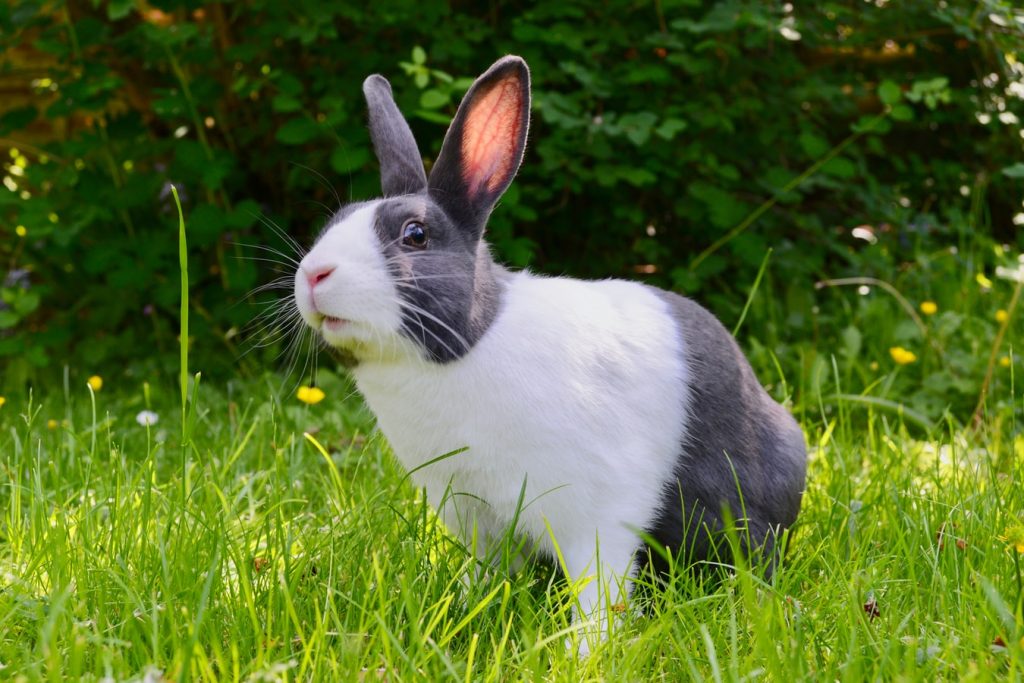
Consequently they have one of the best feed to meat conversion ratios of any animal. This is unlike grain fed livestock such as chickens, sheep and cows. Hence rabbit meat has one of the lowest carbon foot prints of any other meat product.
Rabbits are very quick to reproduce and from birth to table only takes around 75 days. With small pens and moderated sized enclosures the start up costs for rabbits in is small. Rabbits also produce high quality manure which is rich in nitrogen but does not scorch plants when applied fresh.
Chickens
There is a lot more to chickens than those pale coloured portions of meat in the supermarket. Chickens are one of the earliest creatures to be domesticated by mankind and for good reason.
These omnivorous birds are not at all fussy when it comes to feeding. In fact if given free range to roam they can subsidise themselves from the environment. Chickens scratch around eating pests such as mites, slugs and caterpillars.
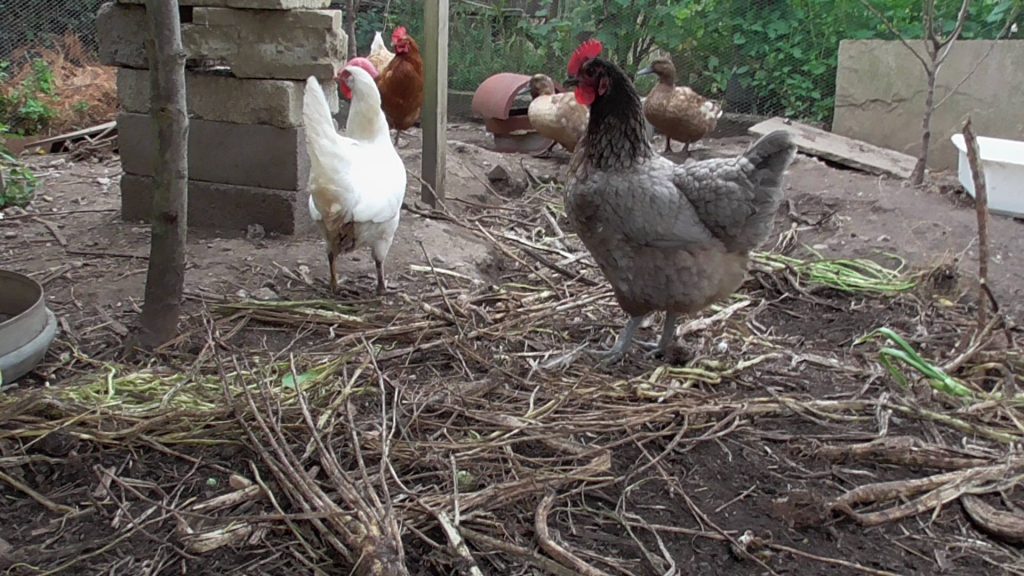
Furthermore they will turn these pests into nutritious and tasty eggs daily, for us to harvest. A good supply of eggs means a good supply of currency. In a self sufficient community eggs can be exchanged for other products such as milk and cheese.
Chickens do not only produce eggs they also produce very versatile meat. From kebabs to roasts and curries there are many recipes which favour chicken. These remarkable birds also produce very good quality manure which is perfect for crop production. Chickens can also be used to clear ground of dense vegetation ready for planting crops.
Quail
Quail is a broad name given to many different types of the same bird family. These small game birds are extremely hardy of cold environments and do not need as much care and attention as other livestock.
Quails are exceptional foragers and given the correct habitat can live in a semi-wild state. This means they can feed themselves from the environment reducing cost of feeds. These birds naturally inhabit meadows and forest edges relying on camouflage to stay hidden.
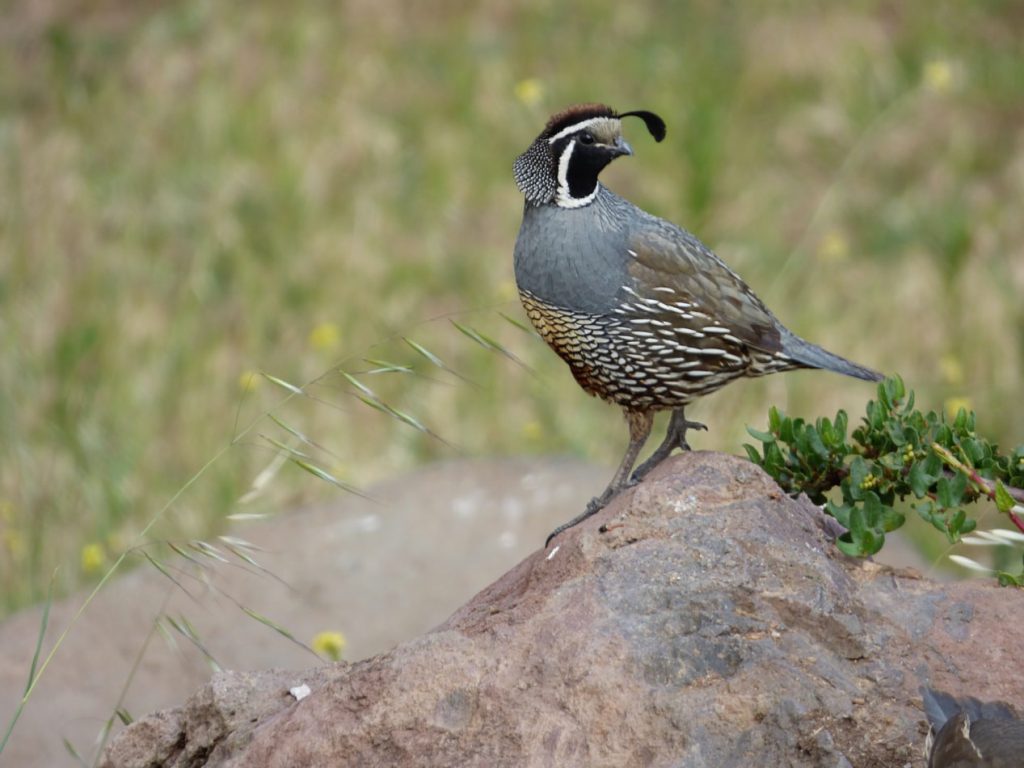
Quail are particularly useful for self sufficient homesteaders practicing permaculture and agroforestry. These birds can become great for sport or hunting pursuits within a woodland setting.
They can also be kept in enclosures requiring less space and feed as chickens. Both the eggs and meat are very good quality and also highly nutritious. They are easy to house, look after, breed and eat, the perfect animal for self sufficiency!
Ducks
Ducks are very useful birds to keep for a self sufficiency and more resilient to cold, wet climates than chickens. Whereas chickens prefer roosting boxes ducks are just as happy bedding down in long grass.
Ducks are actually capable of producing more eggs than chickens. These eggs have a much higher fat content which makes them very popular in baking. Ducks can be harvested both for their eggs or meat which is also highly prized.
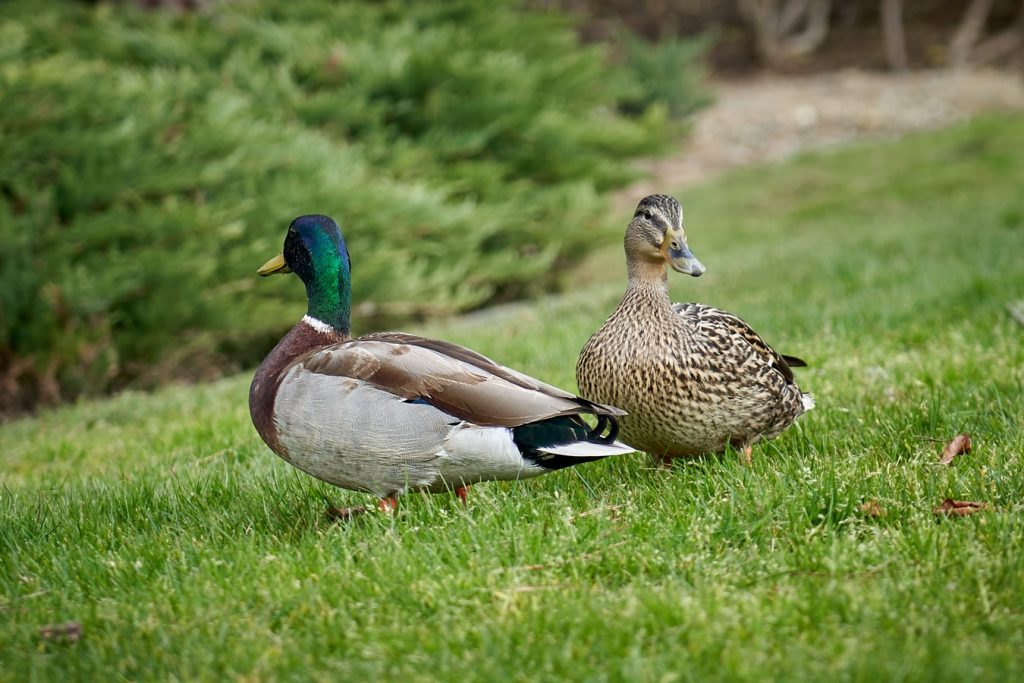
Very similarly to quail ducks have a self sustaining nature to them. They can happily live and forage in dense woodland habitats feeding themselves from the environment.
Traditionally ducks are very effective if you have large bodies of water nearby. This can provide security from land predators and reduce the need for fencing. Ducks are extremely effective at ridding pests from crop growing areas and particularly love to feed on slugs.
Geese
Geese are much larger than other conventional poultry and will certainly make a bigger impact on your homestead. These are great to keep if you have room or a large body of water present.
Geese can live for up to 25 years which means they are significantly longer lived than chickens. What is good about geese is a small flock can take care of themselves. Geese are no push over and can alert of a predators presence and even fight them off!
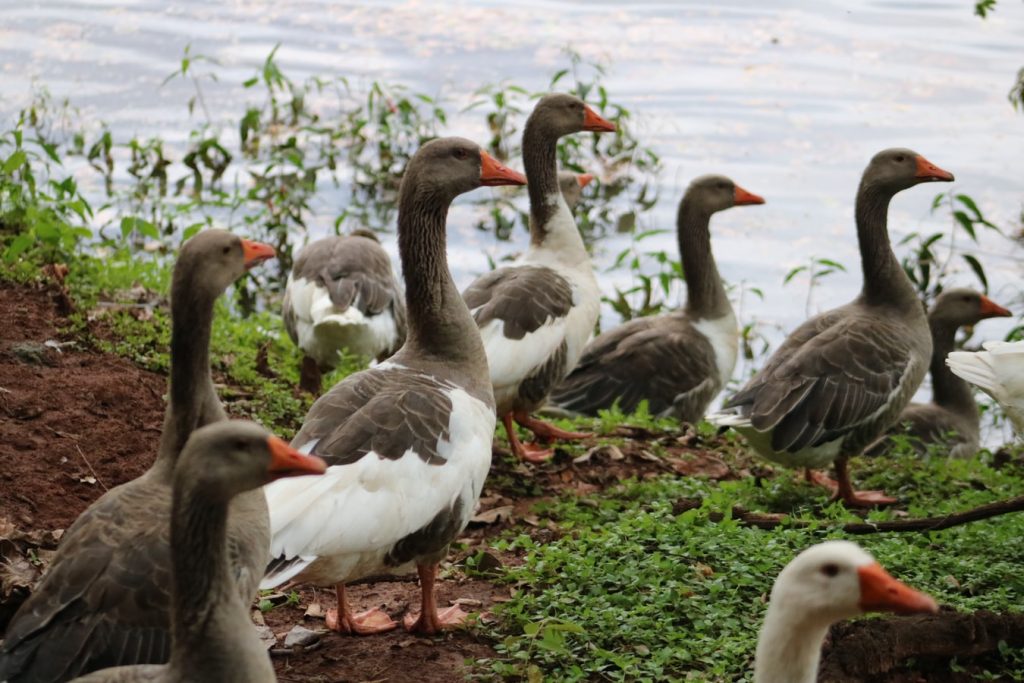
These birds have serious attitude and with the correct situation will take care of themselves. A self sufficient way of managing geese is with a large, sheltered pen next to a water body. If this is surrounded by a large cage or Aviary the geese are free from threat and can forage freely.
Geese are perfect for large orchards with understory meadows where they have lots of room to forage. They are impressive mowers and a decent flock will eradicate the need for mechanical strimming and even mowing. Geese are great meat birds and produce 50 very large and nutritious eggs a year.
Fish
Fish are a fantastic way to raise extra protein for the table. This can be done in smaller, intensive systems or in a more naturalistic way. Small self sufficient homesteads tend to raise young fry or baby fish in large drums.
The fry are fed up for a season to about a pound in size and then harvested for the table. This system does rely on some energy input from hydraulic circulation and filters. However it is certainly a faster and more consistent way of producing fish.
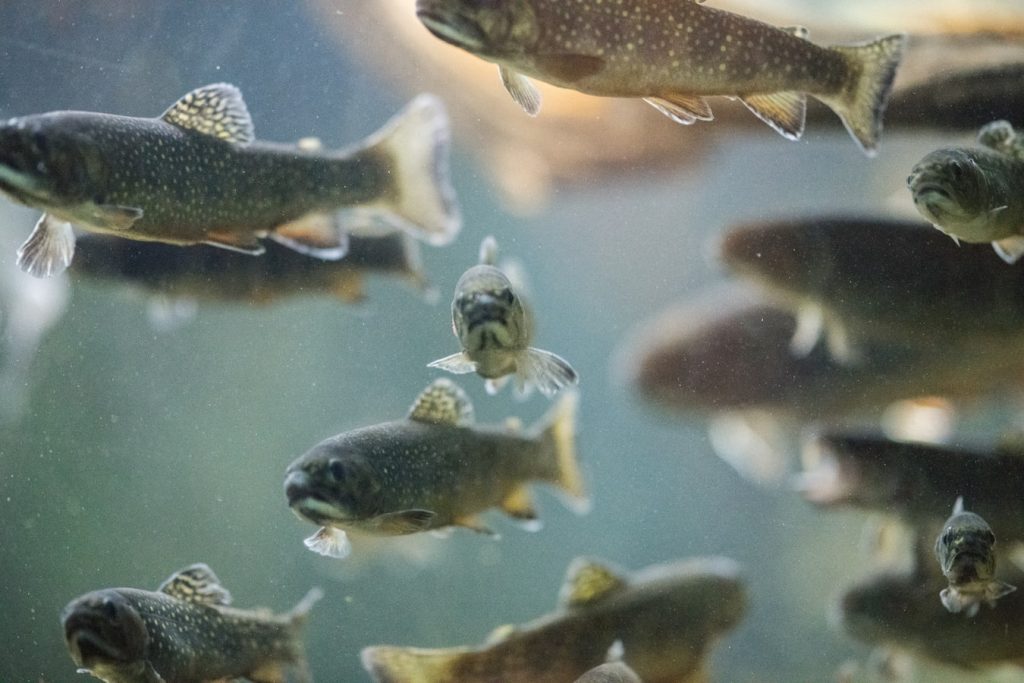
The second way to produce fish is by excavating large naturalistic ponds and letting nature do the work. This method will take a few years to become established and may need some initial stocking.
However when a rich aquatic ecosystem has built up you can sustainably harvest fish as and when you need them. Large bodies of water also encourage amounts of wildlife and waterfowl which can provide hunting opportunities.
Pigs
Pigs have been domesticated for thousands of years and farmed for centuries. Their meat is high in protein and a high fat content makes them delicious and perfect for sausages.
Pigs are large animals which can grow up to 300 pounds, hence are great if you have the space. Their robust nature means they need adequate fencing to keep them well contained. With that taken into account pigs are very efficient for self sufficiency.
They have a good meat to feed conversion ratio and 4 adult pigs a season can keep a family fed all year. Pigs are very easy to breed with a single sow producing up to 20 young a year.
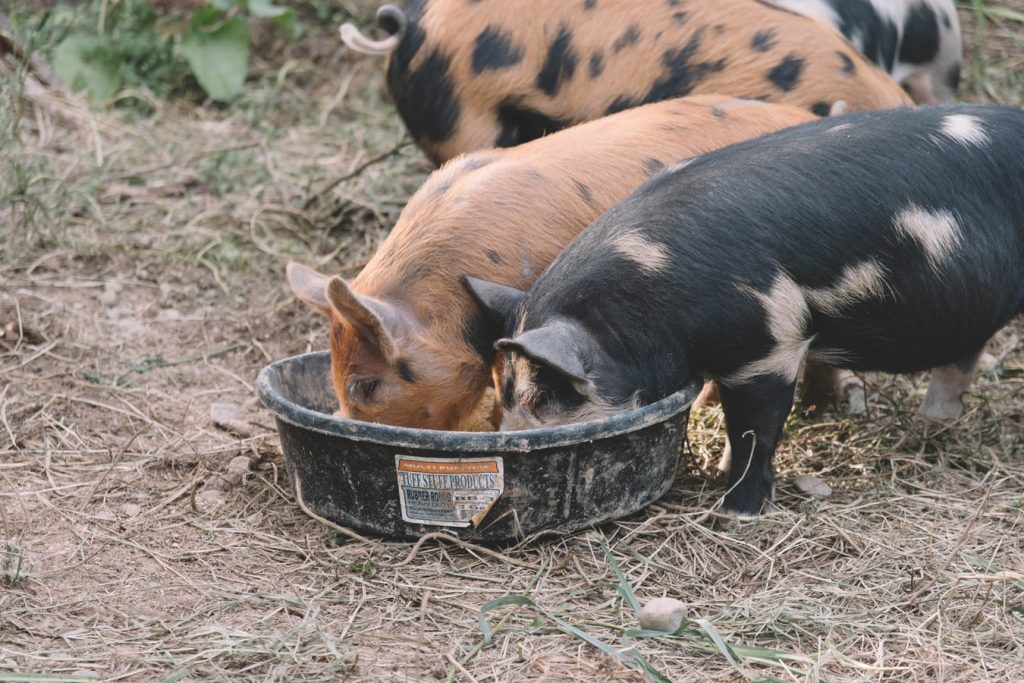
They are very fast growing and can reach a slaughter weight in around 9 months. Pigs are extremely intelligent, social animals and can be trained to carry out specific tasks. They can actually be used to plough up fields with their strong necks and shovel like heads.
Pigs can also eat through bramble roots and other perennial weeds to later till ready for later planting.
Goats
The keeping of goats goes back thousands of years and is a real flagship for self sufficient living and sustainability. Goats are naturally browsers and will only eat grass if they absolutely have to.
They much prefer to eat woody shoots of trees and scrubland species including thorn bushes. They have a ravenous appetite and can chomp their way through the most challenging of thickets. This has made goats a remarkable biological land clearer.
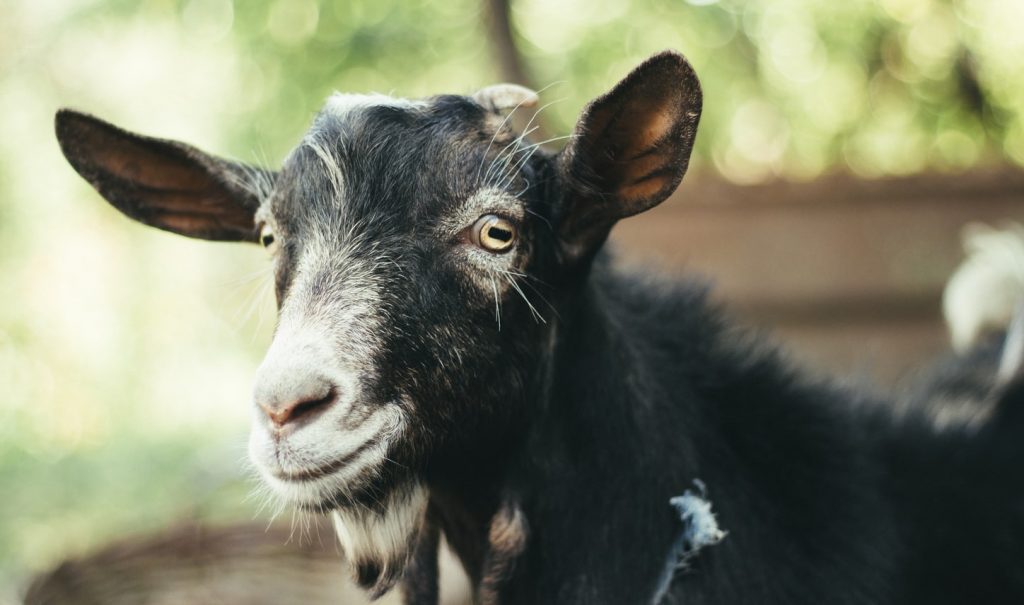
They can literally nibble thorn bushes and bramble thickets down to stumps. This is extremely useful when developing new areas for cultivation purposes. If you have extensive woodland areas these can be foraged to subsidise their feed.
Goats produce fantastic milk perfect for making cheese which is easier to digest than cow’s milk. Goats are also favoured for their lean meat which is higher in protein than beef. They require a fraction of the land that cows do and they also have great personalities.
Sheep
Sheep are very similar to goats and share a similar ancestral linearage. However there are some differences between the two which make them independently ideal for self sufficiency. Sheep are a lot more timid than goats and prefer to stick closer to a herd.
Sheep are grazers opposed to browsers like goats. Therefore sheep are much better suited to inhabit grassland environments. Sheep are very hardy putting up with cold and windswept landscapes.
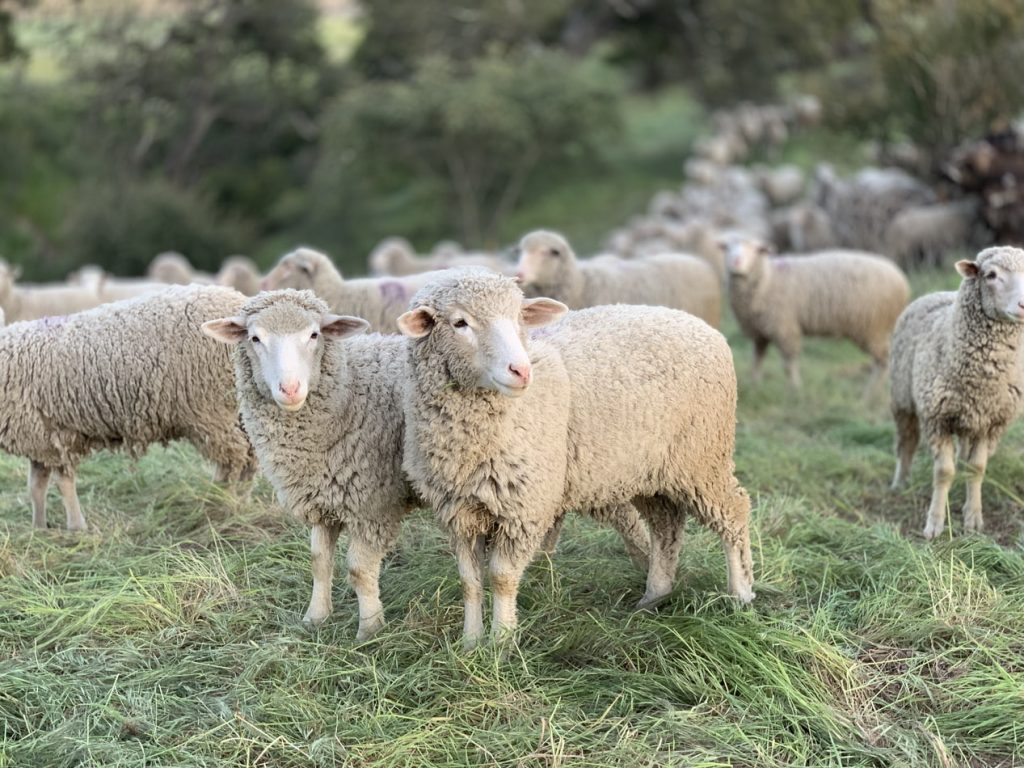
Their manure is extremely good fertiliser and is not smelly or difficult to collect like cows. Like goats sheep produce good quality milk which is great for the production of cheese. Sheep meat is highly sought after and versatile, perfect for many, different recipes.
Sheep are very well known however for their fleece which makes wool. Wool is extremely good for producing warm clothing which is particularly useful in colder climates. The combinations of products sheep produce make them perfect for the pursuit of self sufficient homesteading.
Cows
It is thought that the domesticated cows originated from Western Turkey around 10,000 years ago. Since then this large animal has spread throughout the planet and farmed extensively.
Cows are typically associated with excess methane and its detrimental effects on the environment. However from a self sufficient stand point cows are extremely productive animals. It is quite a fascination that such a large animal can sustain itself on grass.
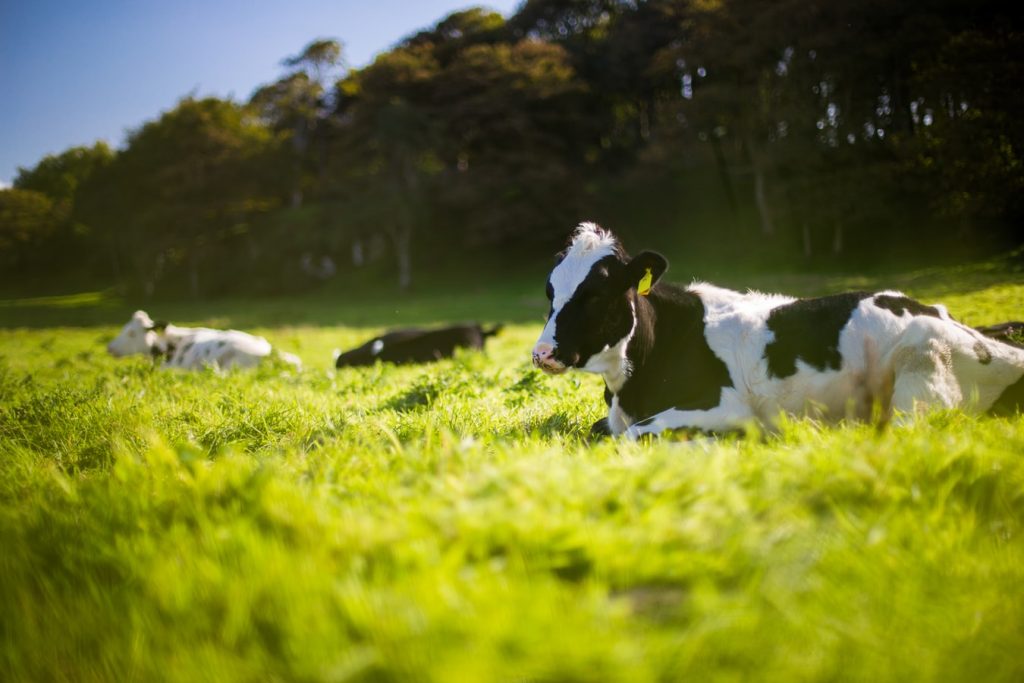
This is a part of the secret of why cows are such productive animals and widely reared. Cows have very sophisticated stomachs and digestion systems which are very efficient at breaking down grasses.
Consequently they are effective at growing to a large size on a calorie poor diet. This makes cows very efficient at providing good quality meat and dairy products from grassland. Cows are big producers and are the perfect livestock if you have a big family to feed.
Donkey
Donkeys certainly are not the first animals which spring to mind when contemplating becoming self sufficient. However there is good reason these animals have existed on self sufficient homesteads for millennia.
Donkeys were originally bred from the ‘African wild ass‘ which is an extremely robust member of the horse family. The wild ass is exceptionally strong and very capable of tolerating sparse environments and drought conditions.
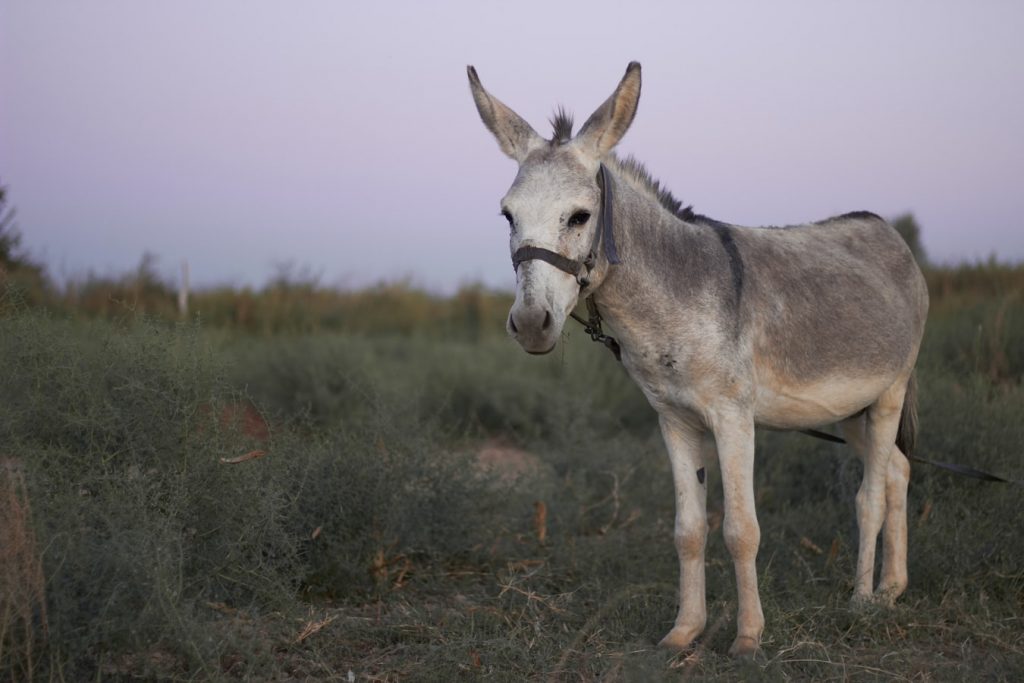
Donkeys are pound for pound much stronger than horses and much more resilient, requiring less maintenance and water. This makes them extremely productive being utilised by both the Romans and Ancient Egyptians. Most self sufficient farming communities today still use donkeys as they are exceptional workers.
Donkeys have the ability to produce very good quality milk which has the highest levels of vitamin D of any other animal. Some countries such as Italy highly regard donkey meat although this is generally not favoured elsewhere. If you are a self sufficient farmer donkeys are effective transportation and industrious farm workers.
Dogs
Dogs in a modern pet like existence are not very good for the environment. It is estimated that up to 20 percent of all meat consumption in the United States is attributed to dogs. Therefore in a self sufficiency sense they appear not to be beneficial.
However a ‘working animal’ in the context of an expansive, rural environment could be different. Dogs can be very loyal workers, can see off predators and provide security. Certain breeds are very efficient at hunting certain types of game and can more than earn their keep.
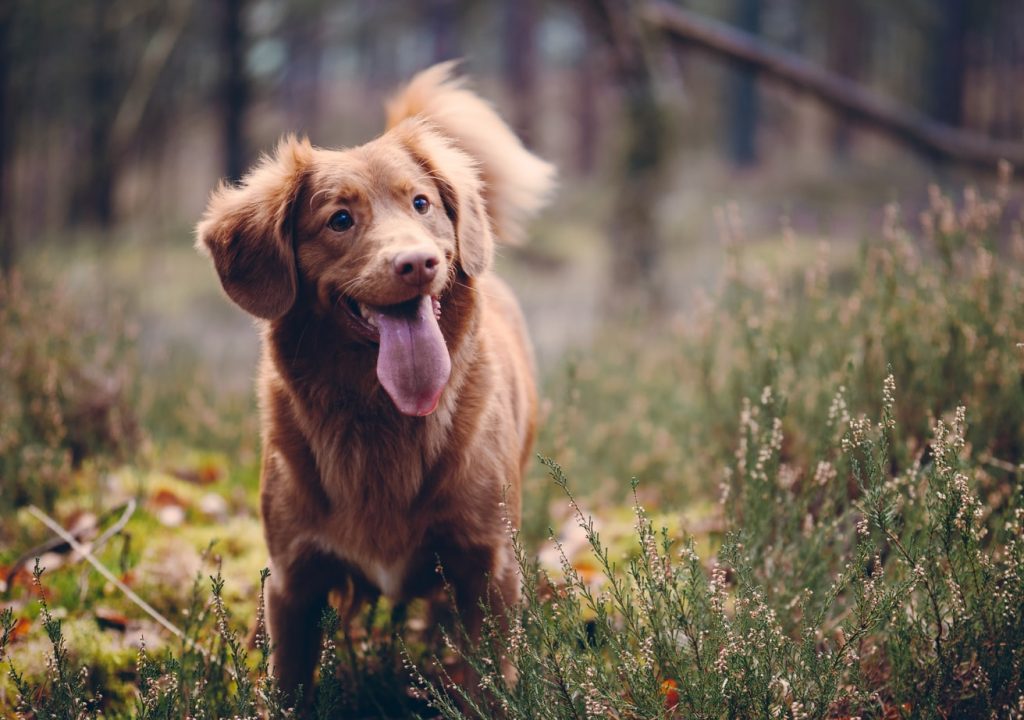
With very specific training dogs can sniff out certain treasures such as expensive truffles. On the whole I would say dogs are unsustainable but working dogs on the whole will earn their keep.
Cats
I have included cats on this list with some audacity as they do not really contribute to food production. However there is a reason farms generally have a resident feral cat which befriends the family. Like them or loath them, cats are effective predators and highly avoided by vermin.

If you are a self sufficient farmer it is not a bad thing to have a cat around. Not as a pet, more of a wild friend who is rewarded with occasional scraps for his pest control. Ok I admit it, I just love cats!
Thank you for reading our article on what animas you need to be self sufficient. Are there animas you feel we have left out? What animals do you think are the best for self sufficient homesteading?
Back to home
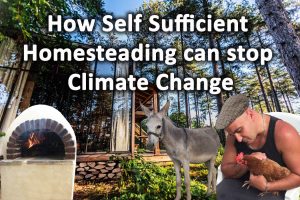
How Self Sufficiency and Homesteading can stop Climate Change
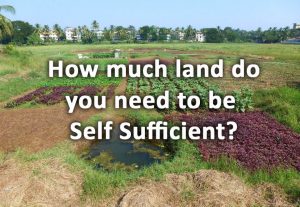
How much land do you need to be self sufficient?
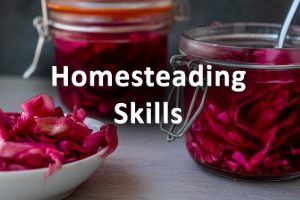
Homesteading skills, for Self Sufficiency
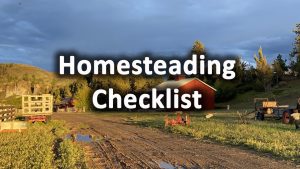
Homesteading Checklist for self sufficiency

A beginner’s guide to self sufficiency & its benefits
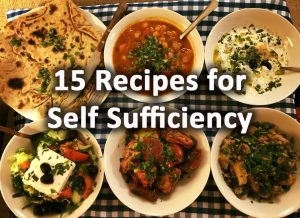
15 recipes for self sufficiency
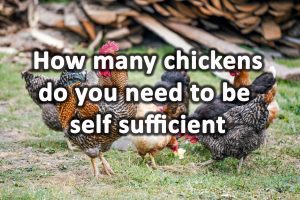
How many chickens do you need to be self sufficient?
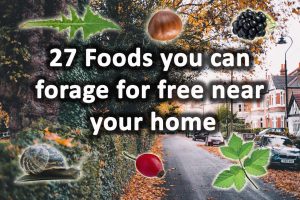
27 foods you can forage for free near your home
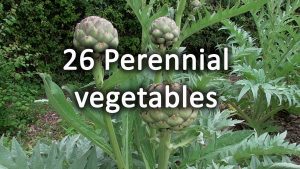
26 Perennial vegetables for the garden

Self sufficient homes

31 Homesteading projects
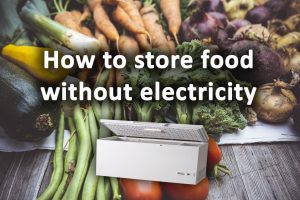
15 Ways to Store Food without Electricity
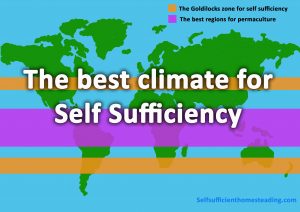
The best Climate for self sufficiency
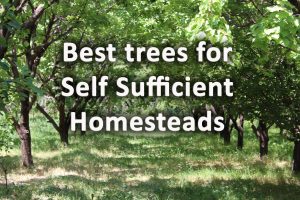
The most useful 22 Trees for a self sufficiency & homesteading
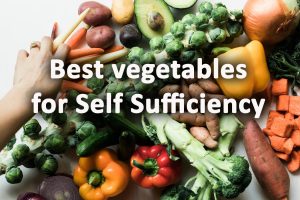
31 Vegetables for self sufficiency
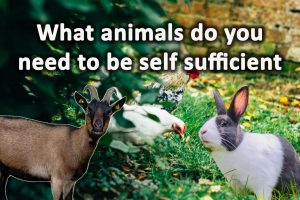
What animals do you need to be self sufficient?
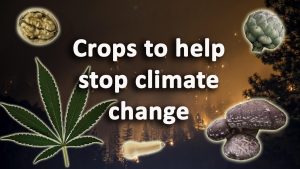
How to stop Climate Change with Crops – Crops for climate change
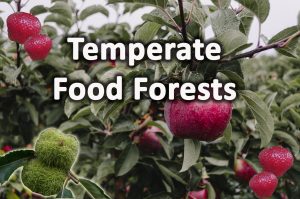
Temperate Food forests
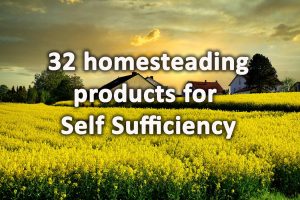
32 Homesteading products for self sufficiency
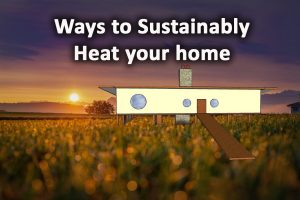
10 Ways to Sustainably Heat Your Home
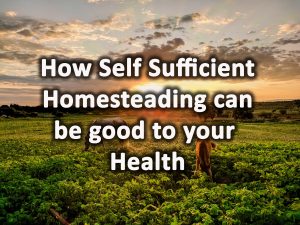
10 Ways self sufficient homesteading can be good for your health
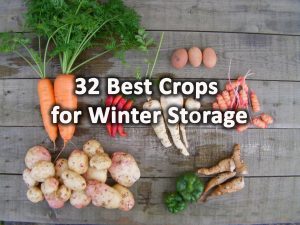
32 Best Crops for Winter Storage
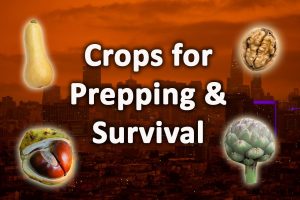
34 crops for prepping and survival
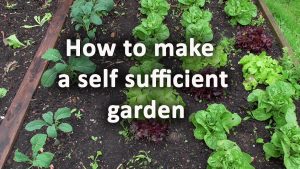
How to make a self sufficient garden
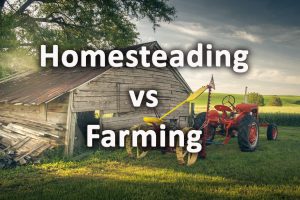
Homesteading verses farming what’s the difference?
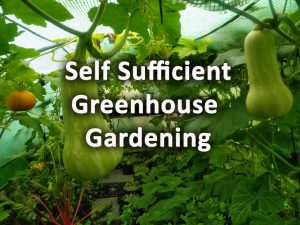
Self sufficient greenhouse gardening
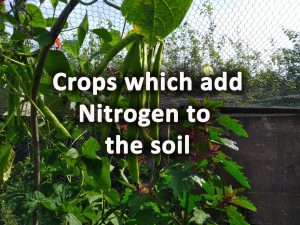
12 Crops which add nitrogen to the soil
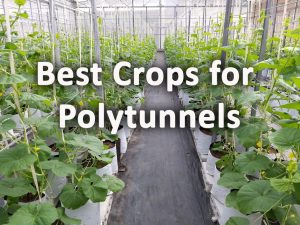
32 of the best crops for Polytunnels
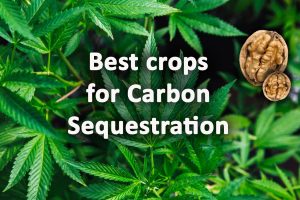
12 Best Crops for Carbon Sequestration
